Insitu, a wholly owned subsidiary of The Boeing Co., has been helping first responders fight Oregon wildfires with the use of the company’s ScanEagle unmanned aircraft system (UAS).
Comprising aviation professionals, Insitu’s Mobile Response Team has been operating the drone to supplement manned aviation firefighting teams. All ScanEagle UAS flights have been coordinated with the Oregon Department of Forestry, the Federal Aviation Administration and the U.S. Department of the Interior.
A UAS team working on a fire consists of a vendor flight crew, as well as federal personnel who work together to meet the incident goals and objectives. The UAS manager (a federal employee) provides the required communication between air and ground resources to facilitate safe and effective missions, while the data specialist (also a federal employee) works directly with the vendor flight crew and incident GIS specialist to ensure timely development/delivery of requested data.
According to Insitu, the ScanEagle teams “fly the gaps,” meaning they operate the UAS at night and over dense smoke and inversion conditions, when manned aircraft typically are grounded due to hazardous conditions for pilots. The ScanEagle team to date has logged more than 200 hours of night flight time during nearly 30 flights over the Garner Complex and Taylor Creek fires in Oregon.
The payload onboard the ScanEagle includes infrared sensors and electro-optical cameras that gather and disseminate geospatial imagery and provide incident perimeter maps and full-motion video. The sensors and cameras spot heat signatures, fire movement and spot fires and also provide video of critical infrastructure, historical buildings and other structures that might be in danger. They also identify safe ingress and egress routes for firefighters.
“Above all, our main mission is to help combat these unrelenting fires and help keep the firefighters, the residents and the communities safe,” says Andrew Duggan, vice president od Insitu Commercial. “One of the benefits of flying UAS over difficult and rugged terrain is mitigating the need for firefighters to physically walk it when locating and extinguishing hot spots. By flying UAS at night, fire incident commanders have the advantage of significant fire intelligence and heightened situational awareness for their early-morning planning meetings in determining where to most effectively and safely dispatch their resources and personnel.”


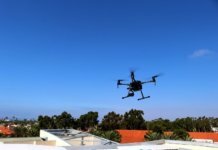
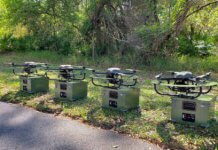


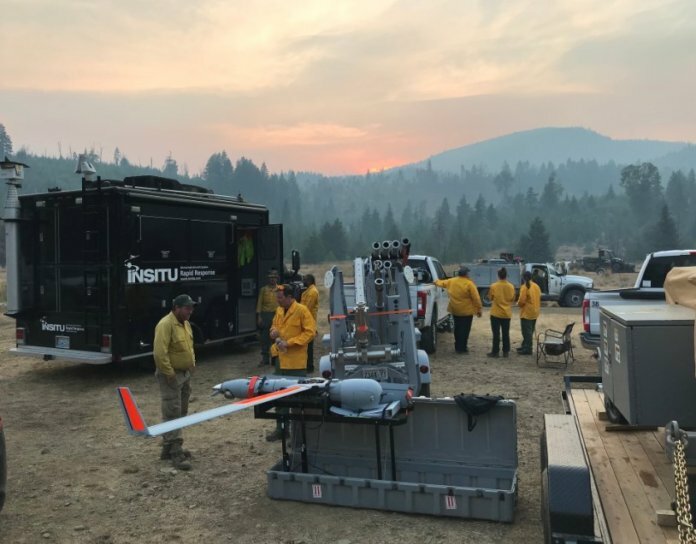
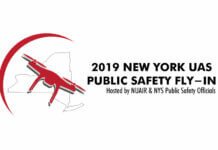
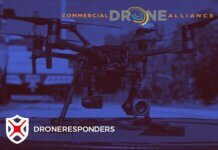

Leave a Comment
Your email address will not be published. Required fields are marked *